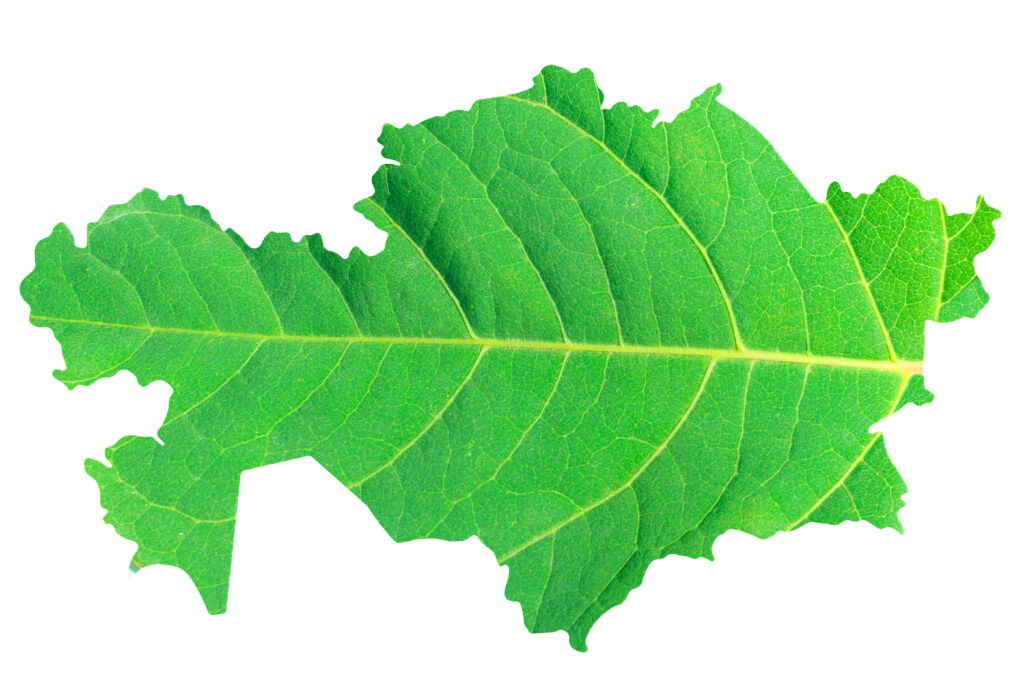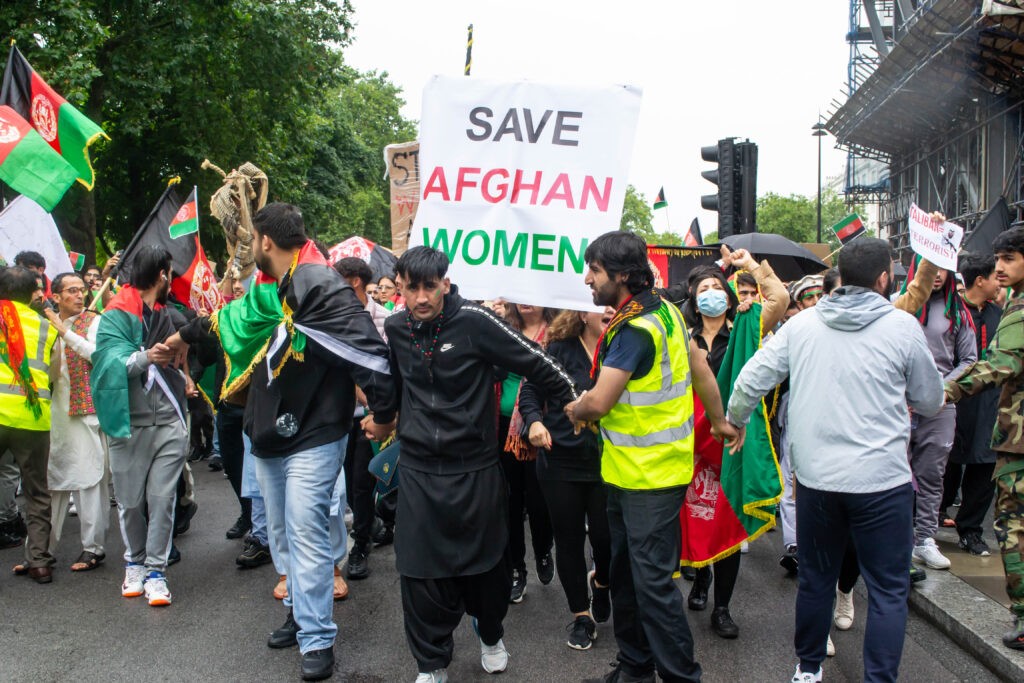Can Kazakhstan set an example for Central Asia’s key position in the global transition to green economy?
[vc_row][vc_column][vc_column_text css="" woodmart_inline="no" text_larger="no"]If there is one Central Asian country that stood out during the COP 28 summit on climate change in Dubai in late 2023, it was Kazakhstan. Its pledges and initiatives – specifically regarding methane reductions, transition to renewable energy sources, and water security and cooperation – correspond overall to the country’s commitments to a green economy transition. More importantly, such signaling and posturing may have larger repercussions in a region of increasing geopolitical and economic importance, not the least because of its vast resources and potential in terms of growing transportation networks. *** First to consider is Kazakhstan’s announcement of a Methane Reduction Pledge which makes it part of a voluntary agreement known as the Global Methane Pledge to reduce methane emissions by 30 per cent by 2030. This is significant given that Kazakhstan is Central Asia's main oil producer as well as an important gas producer. Stressing the country’s dedication to reducing greenhouse emissions, and in alignment with international efforts to decrease non-CO2 climate super-pollutants, Kazakhstan’s President Kassym Jomart Tokayev acknowledged during his speech at COP28 that cutting methane emissions was the “quickest avenue to immediately slow the rate of global warming". This move earned him praise from the U.S. and the UK. President Joe Biden’s Special Envoy for Climate, John Kerry, issued a joint statement with Zulfiya Suleimenova, Tokayev’s Special Representative on International Environmental Cooperation, underlining the two countries’ “mutual readiness to accelerate the development and implementation of policies and projects to rapidly reduce methane emissions” over the next two years, particularly from the fossil energy industry. The U.S. also said it would work with partners “to mobilize investments to support achieving full methane mitigation potential in Kazakhstan’s oil and gas sector”, which it said will require “at least $1.4 billion in total spending through 2030.” Likewise, British Embassy in Astana posted on X (formerly known as Twitter), to give “Congratulations to President Tokayev and Kazakhstan for joining the Global Methane reduction Commitment at #COP28 in Dubai!”, adding that this was a “significant step towards a sustainable future.” Secondly, President Tokayev unveiled at COP28 an ambitious Joint Energy Transition Partnership (JETP) initiative for Kazakhstan, which will help make the country a key player in the global transition to renewable energy sources. This should be exciting news for people of Kazakhstan as their country is poised to be a major global supplier of critical minerals used in green technologies as the world decarbonises in the coming decades. A generally agreed list of these critical minerals often include lithium, cobalt and nickel (all used in the production of electric batteries), as well as rare earths (which include at least 17 elements such as neodymium, dysprosium and terbium that are necessary for magnets in wind turbines and electric vehicles), and silver (a key component for solar panel manufacturing). Kazakhstan holds the largest chrome ore reserves in the world and ranks first also in terms of their quality. It holds second place globally for uranium and silver reserves, and...





